What’s A Mortgage Rate Buy Down?
Mortgage Rate Buy Down
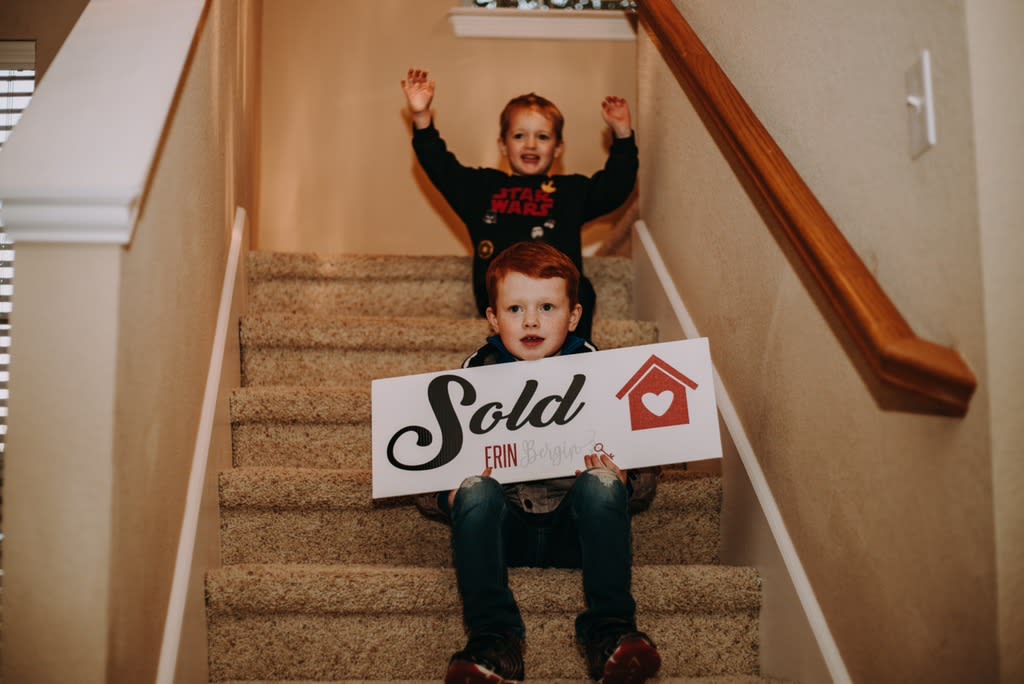
Mortgage Rate Buy Down

As interest rates increase, we’ve been highlighting a creative financing option for our home buyers.
A buy-down interest rate is a mortgage financing option that involves paying an additional upfront fee to reduce the interest rate on the loan for a certain period of time, typically at the beginning of the loan term. This can provide financial benefits for the borrower in the short term. Here's a breakdown of the key points to explain to your buyer:
1. Initial Interest Rate Reduction: With a buy-down interest rate, the borrower pays extra upfront points (also known as discount points) to "buy down" the interest rate on their mortgage loan. This results in a lower interest rate compared to the prevailing market rate.
2. Temporary Interest Rate Reduction: The reduced interest rate obtained through the buy-down remains in effect for a specified period of time. This period could be a few years, often three to five years, but it can vary depending on the terms of the loan.
3. Gradual Increase: The interest rate gradually increases after the initial period of reduced interest rates. It typically adjusts to the market rate or the rate specified in the loan agreement. The borrower should be aware of how and when the rate will adjust and what the maximum rate could be.
4. Short-Term Savings: The primary benefit of a buy-down interest rate is that it can lead to lower monthly mortgage payments during the initial years of homeownership. This can provide financial relief and make homeownership more affordable, especially in the early stages when expenses might be higher.
5. Long-Term Considerations: While a buy-down interest rate offers immediate savings, buyers should also consider the long-term implications. They need to evaluate whether the initial upfront cost and potential future rate increases are worth the short-term benefits.
6. Upfront Costs: Explain to your buyer that the reduced interest rate comes at a cost, which is paid as upfront points. Each point typically costs 1% of the loan amount. Your buyer needs to calculate whether the savings from the lower monthly payments justify the upfront cost.
7. Qualification and Approval: Inform your buyer that the availability of a buy-down option depends on the lender's policies and the borrower's creditworthiness. Buyers need to qualify for the loan and meet any specific requirements set by the lender.
8. Customization: Emphasize that a buy-down interest rate can be customized to suit the buyer's financial situation and goals. They can choose the duration of the reduced rate period and the number of points to pay, based on what works best for them.
9. Professional Guidance: Encourage your buyer to consult with a mortgage professional who can provide personalized advice based on their financial situation. A mortgage expert can help them analyze the costs and benefits of a buy-down interest rate in comparison to other loan options.
Overall, a buy-down interest rate can be an effective tool for buyers who want to save on initial mortgage payments and manage their budget during the early years of homeownership. It's essential for buyers to carefully evaluate their short-term and long-term financial goals before deciding whether a buy-down option is the right choice for them.
At Collective Living, we are seeing an advantage for our clients to get into the home they want and have time to prepare for a larger increase in their payment (once the interest rate goes back up to the locked in rate) They also have time on their side and can refinance to a lower rate.
Stay up to date on the latest real estate trends.
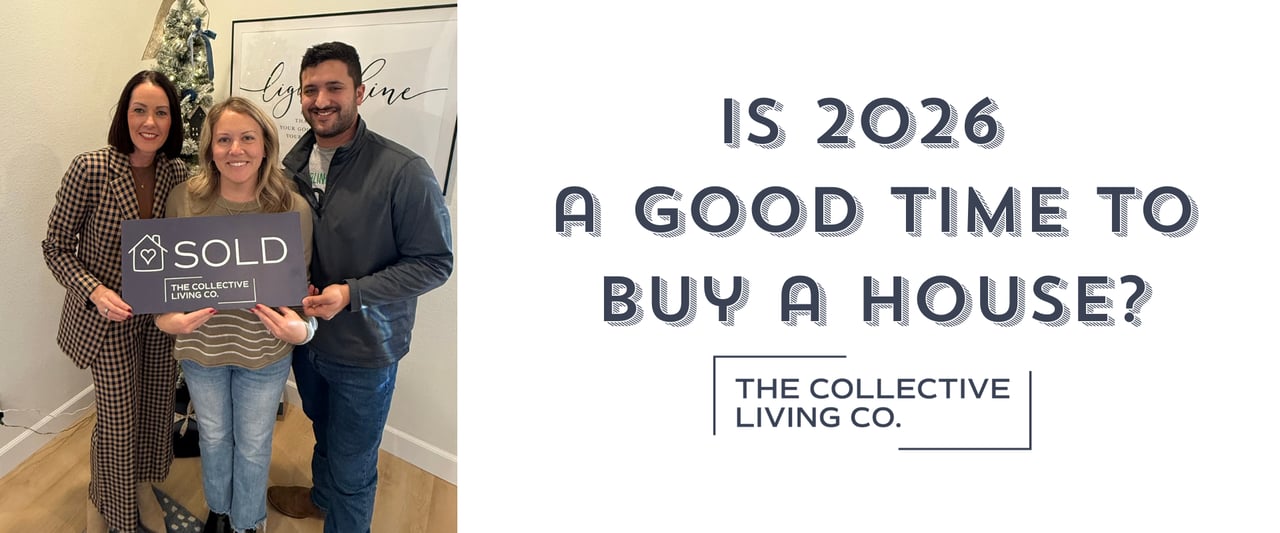
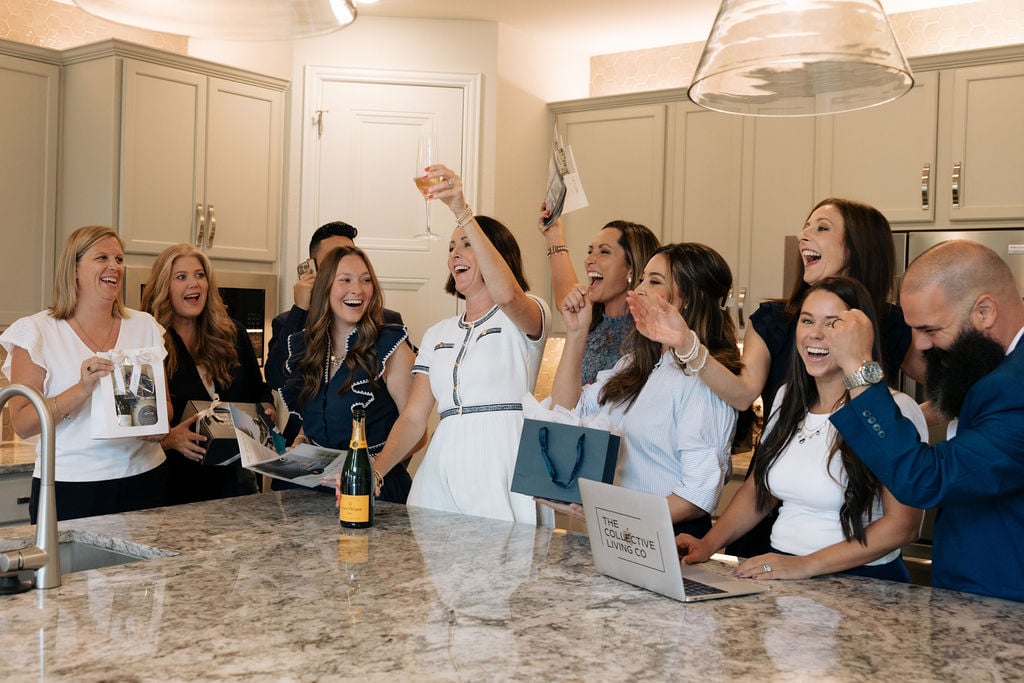
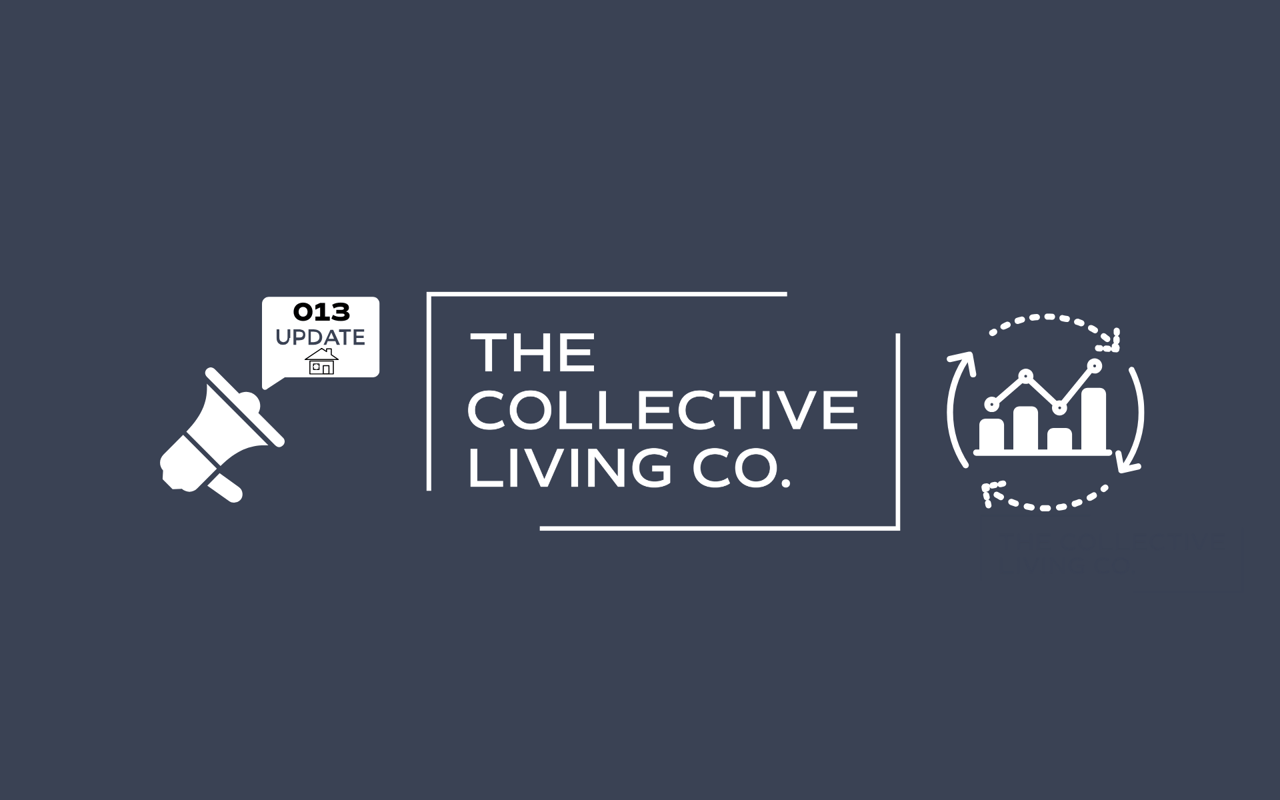
Market Update
Market Update

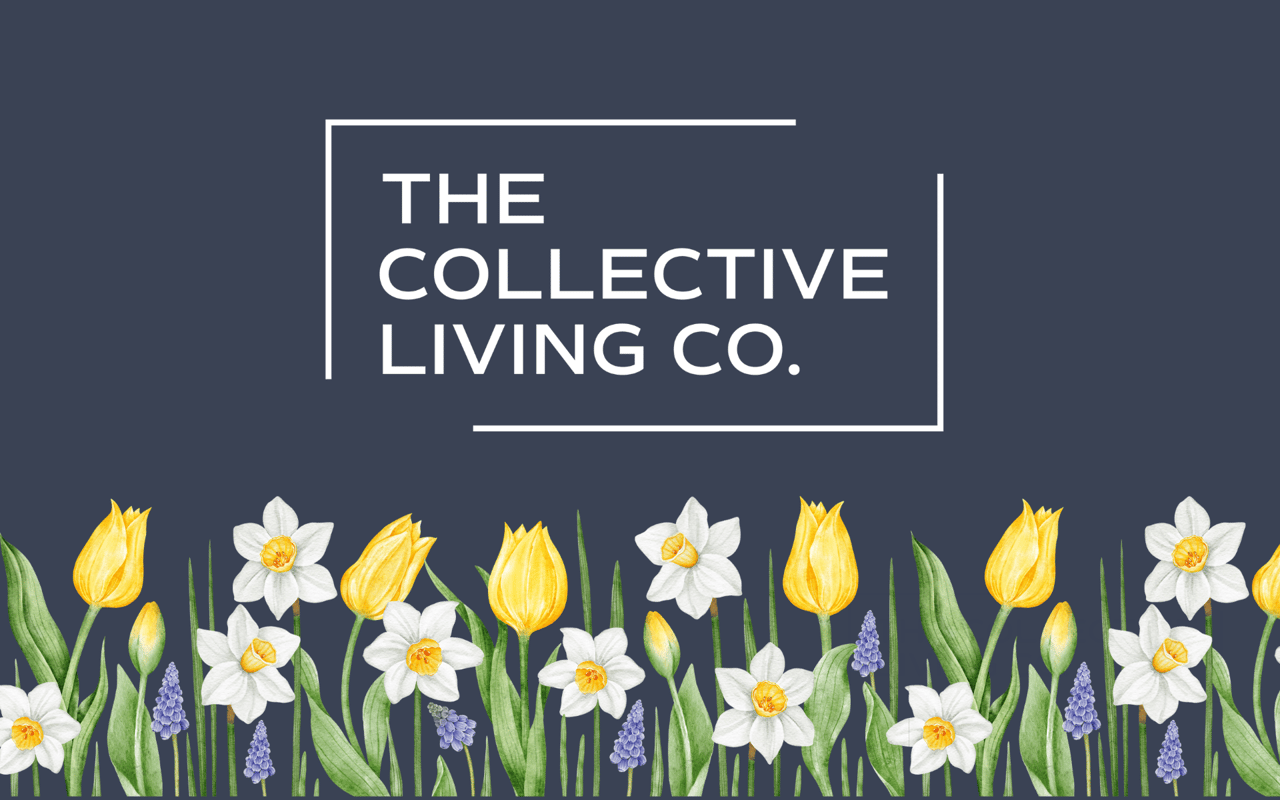
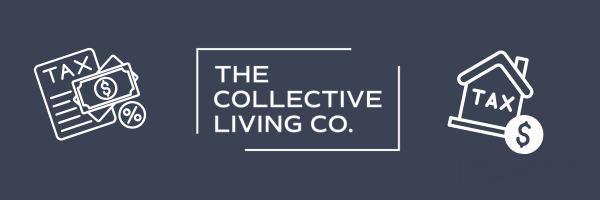
Property Taxes

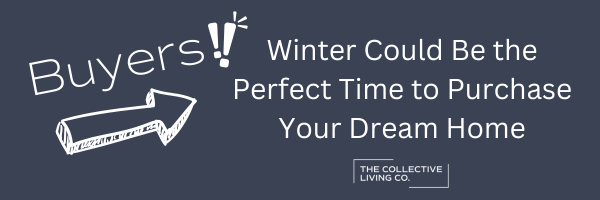
buyers
